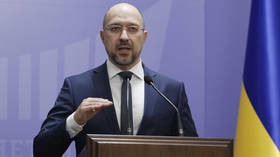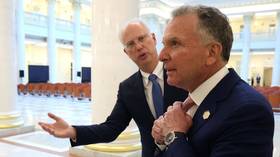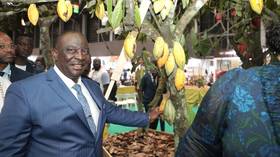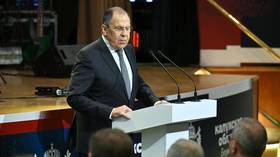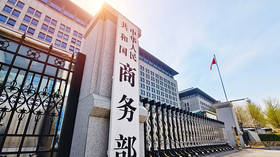EU rapidly depleting gas reserves – Gazprom
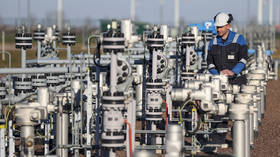
The EU has been tapping its gas storage facilities at a rapid pace and had already used up its winter stockpile by January despite seasonal temperatures remaining in line with climate norms, Russia’s energy giant Gazprom has reported.
Before the escalation of the Ukraine conflict in 2022, Russian gas exports accounted for 40% of the bloc’s total supply. Gazprom, once the EU’s main supplier, reduced its exports there dramatically three years ago, following Western sanctions and the sabotage of the Nord Stream pipelines.
The EU has increased withdrawals from its gas storage facilities by 36% during the current season and by 22% above the ten-year average, Gazprom said on Monday, citing data from Gas Infrastructure Europe.
As of February 28, European underground storage facilities held 39.2 bcm of gas, accounting for 38.5% of total capacity – 24.3 bcm less than a year ago. The EU has withdrawn 58 bcm of gas this season – fifty percent higher than the amount injected during the summer.
This significant drawdown, combined with a reduction in reliable gas supply sources, poses challenges for the EU to refill its storage sites over the summer and prepare for the upcoming winter, Gazprom warned.
The EU has been increasingly reliant on more costly liquefied natural gas (LNG) imports since Brussels prioritized eliminating its reliance on cheaper Russian energy. While several EU nations continue to rely on Russian gas, many have voluntarily halted their imports.
Earlier this year, natural gas prices in the bloc climbed to their highest level in two years, driven by a combination of cold weather, declining gas reserves, and concerns over potential US tariffs on imports from the EU.
Adding to the challenge, the EU has imposed binding targets for gas storage, requiring a 90% capacity level by November 1, 2025.
The sharp decline in European gas storage levels has posed a serious challenge for both governments and energy consumers across the region.
Western Europe is already importing substantial volumes of LNG at elevated prices, with EU and UK imports reaching 9.8 million metric tons in January, the highest level since December 2023, according to energy analytics firm Kpler. The US accounted for 57% of the total supply.
Market experts warn that the competition for gas supplies is expected to intensify. US LNG export capacity has not expanded as quickly as expected, while demand continues to grow in Asia, Egypt, and other markets.





